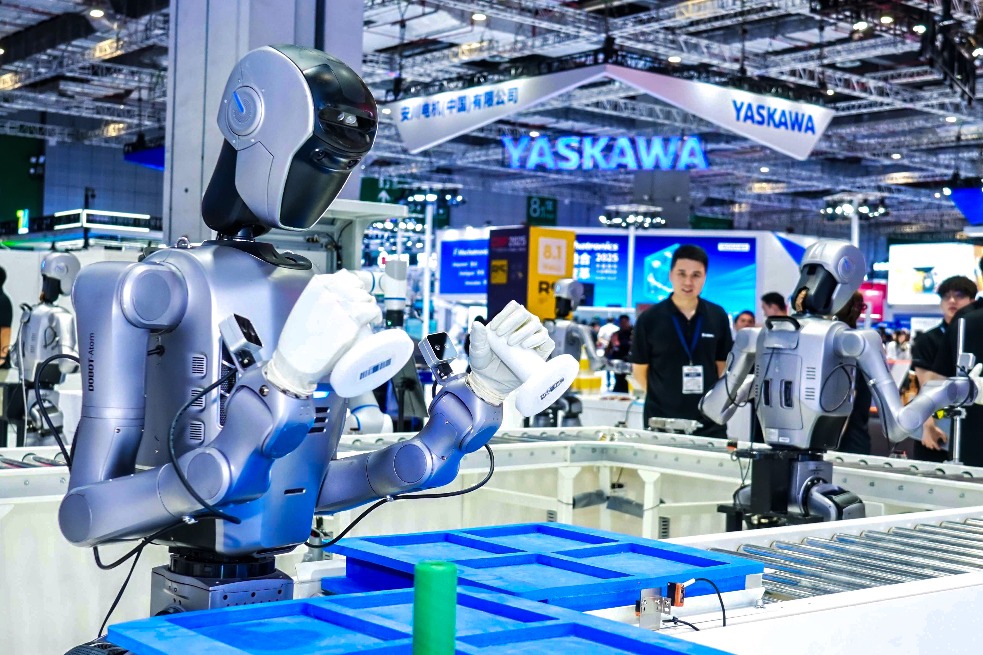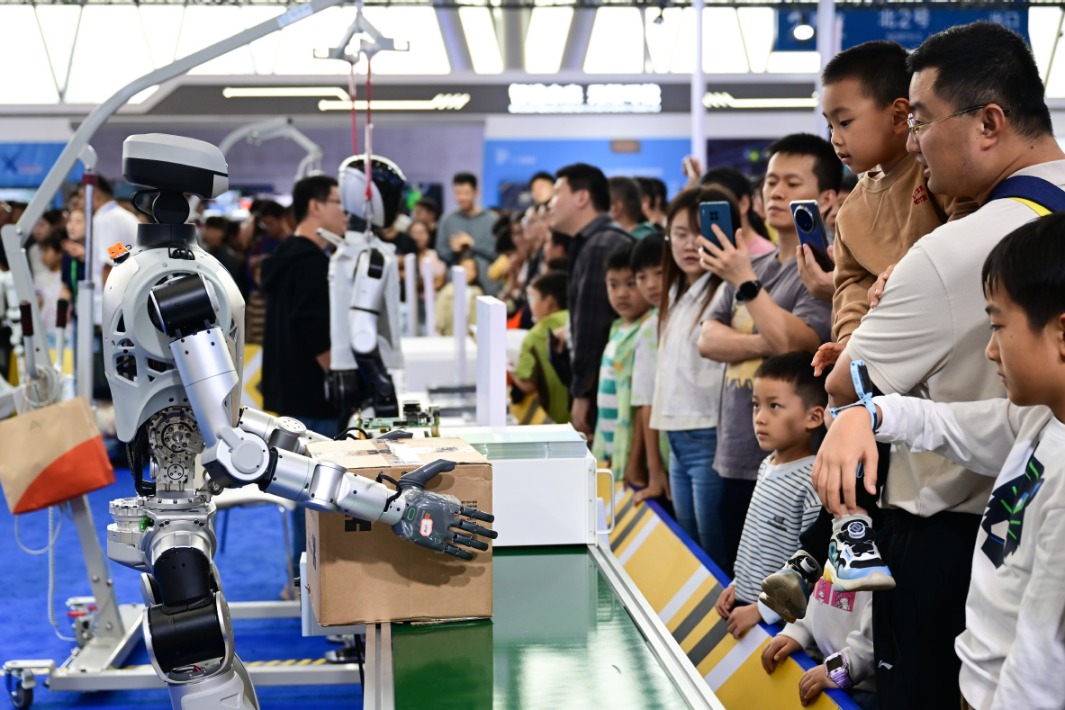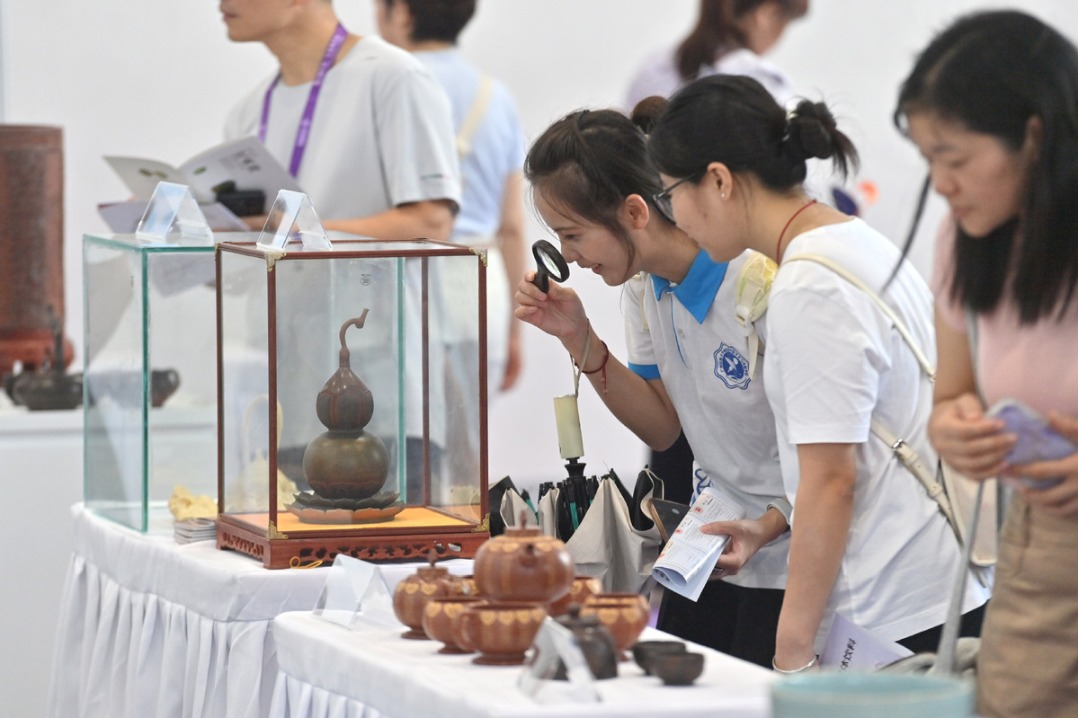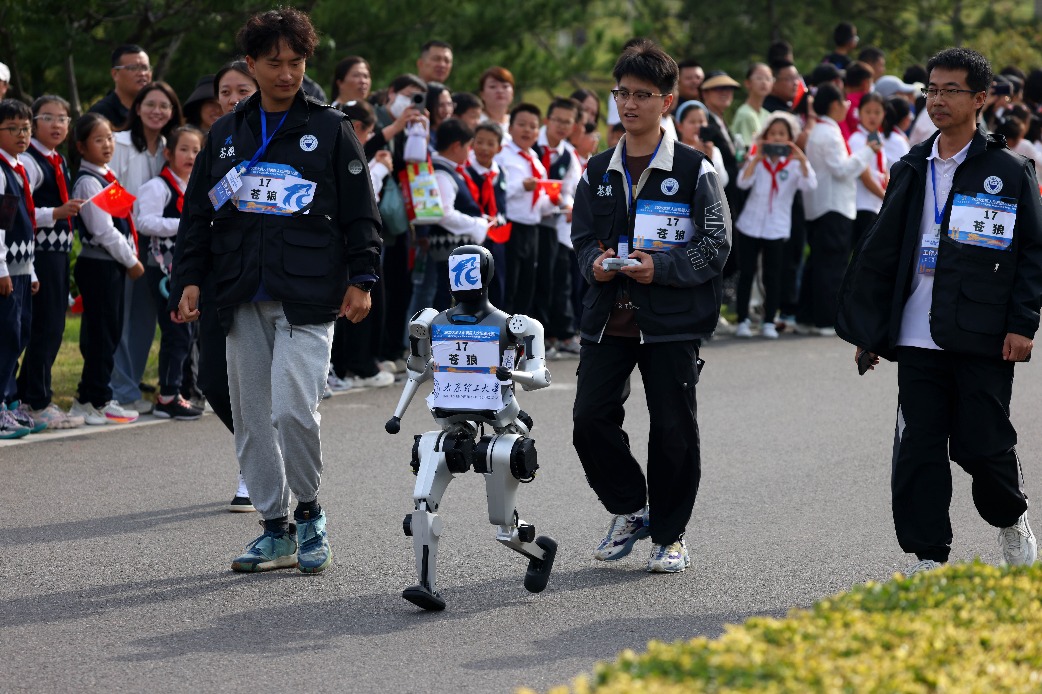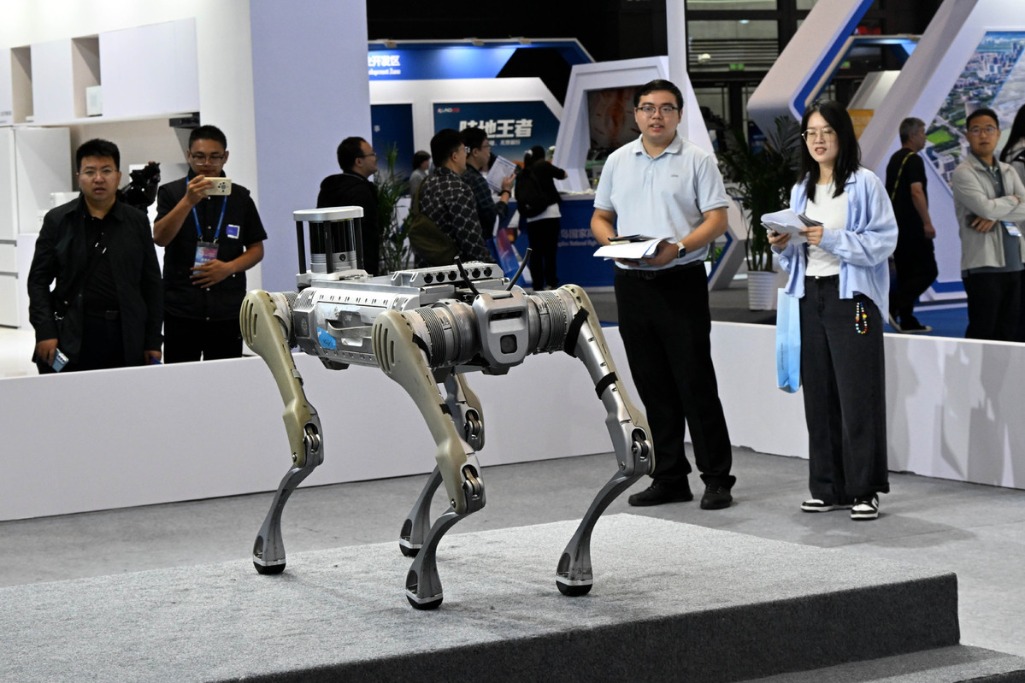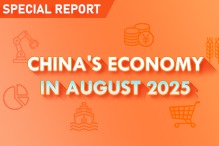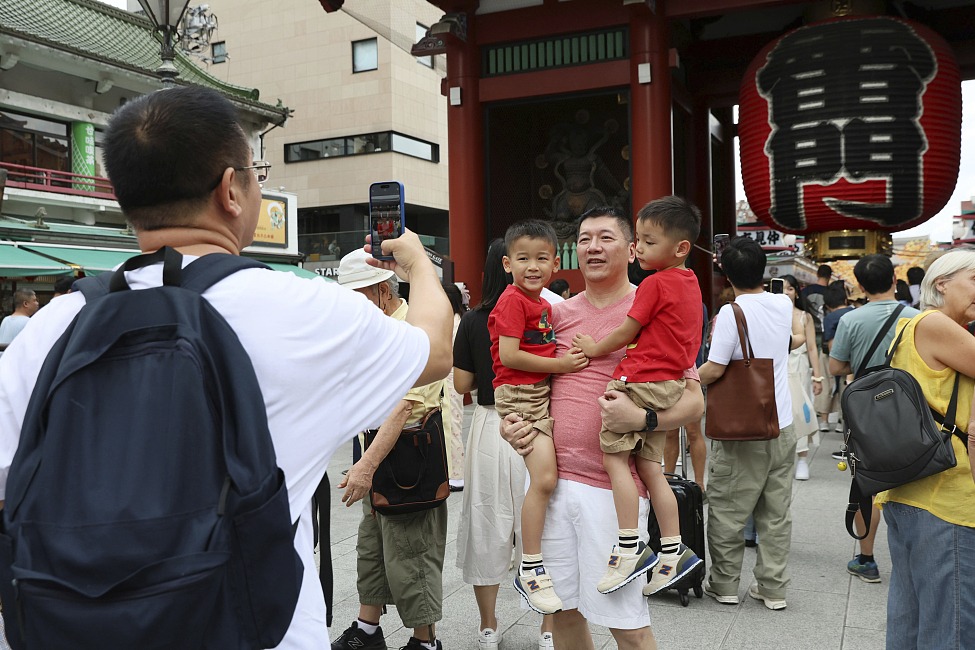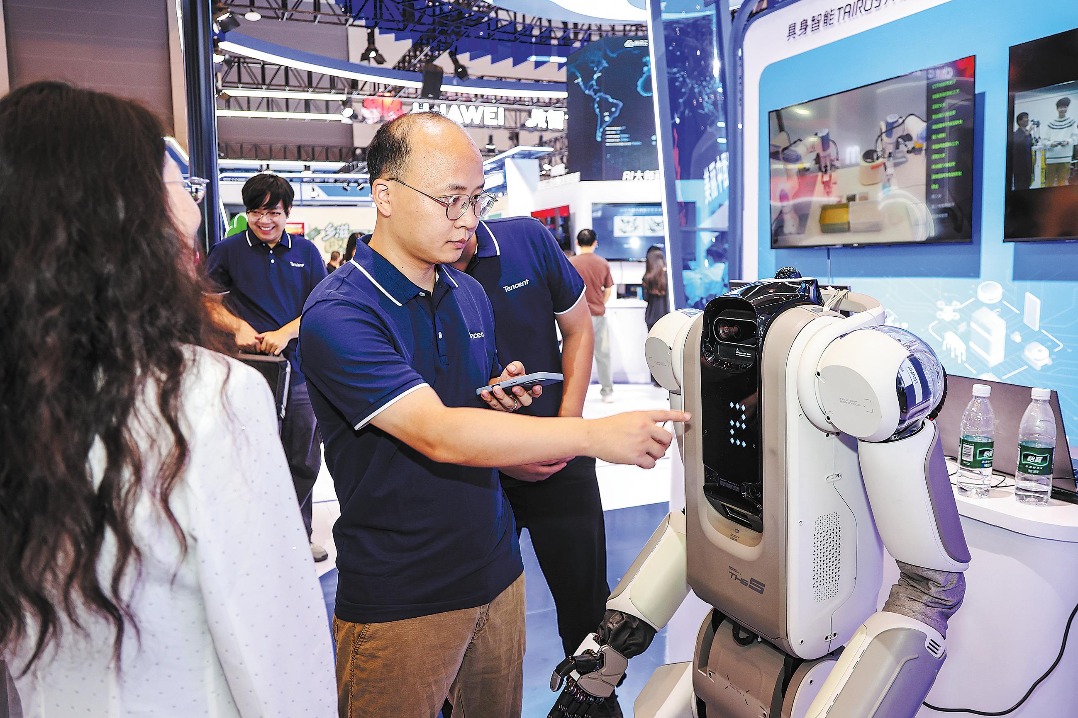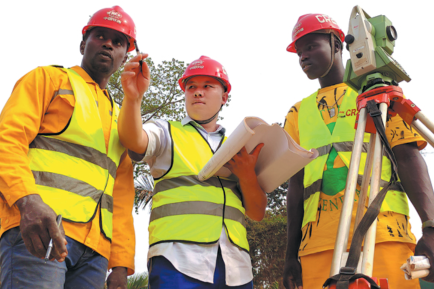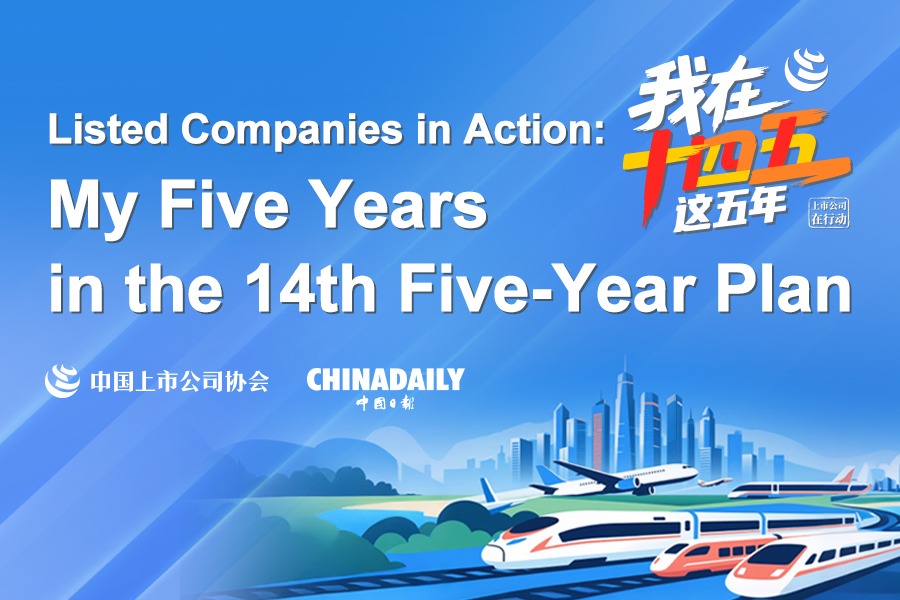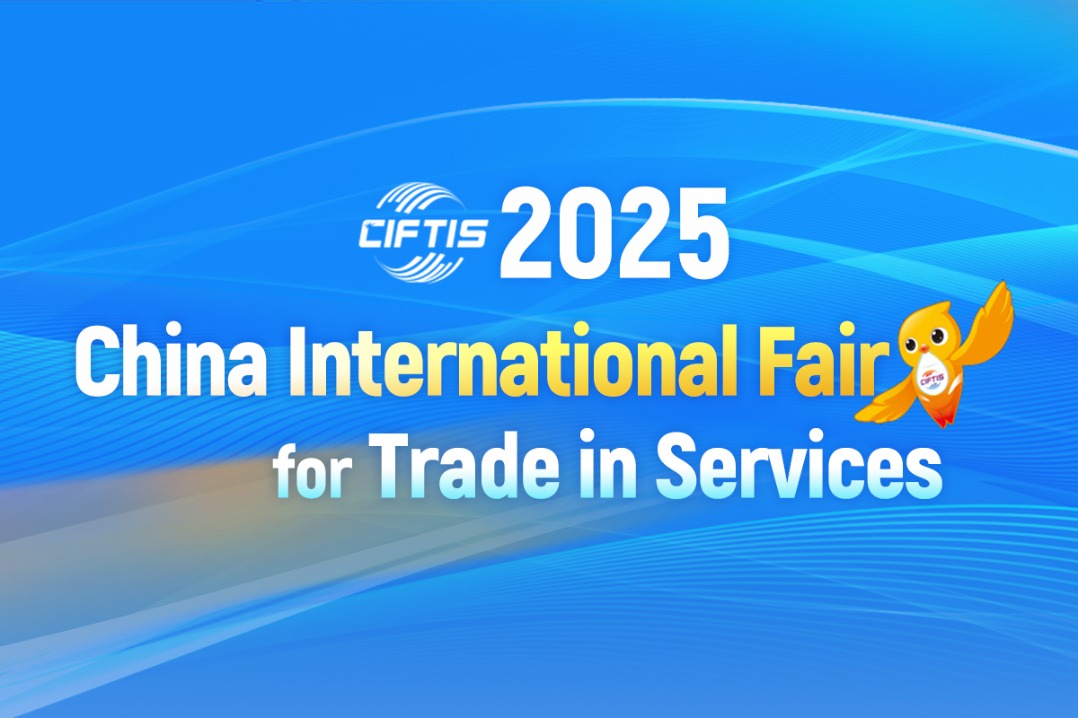Foreign investment amplifies China's rise as a global innovation hub


Michael Harwell, global vice-president of innovation for consumer goods adhesives at Henkel, noted that while many technologies were once developed elsewhere and later introduced in China, Chinese brands are now linking to the globe with their quality and innovation capabilities, becoming trendsetters.
Henkel and Babycare exemplify the global impact of Chinese innovation
"In terms of innovation capability and development potential, Babycare is undoubtedly a strategic client that Henkel deeply respects," said Michael. "From the start of our collaboration, we observed their acute sensitivity to consumer needs, rapid iteration of product innovations, and unwavering commitment to high quality. This spirit is admirable and aligns perfectly with our innovation philosophy focused on efficiency, consumer experience and sustainable development."
The in-depth collaboration between Henkel and Babycare is a quintessential example of the "Chinese demand drives innovation, global sharing of outcomes" model, breaking traditional supply chain logic. As a Chinese brand deeply rooted in the maternal and infant market, Babycare, drawing on its profound understanding of Chinese babies' sensitive skin and detailed parenting scenarios, proactively proposed R&D directions to Henkel, such as precise urine indicators and odor neutralization.
Addressing the core needs of Chinese families, Henkel dedicated R&D resources to jointly develop a urine indicator that accurately distinguishes between air humidity and urine, featuring a three-stripe design that allows caregivers to easily assess usage. Furthermore, Henkel and Babycare jointly tackled maternal and infant needs, such as the "diaper odor management project", which has achieved multi-layered breakthroughs — from low-odor hot melt adhesives to overall odor neutralization, exploring ways to reduce urine odor for babies. Such innovations from the Chinese market are now feeding back into Henkel's global operations, supporting upgrades to its products worldwide.
Babycare's supply chain strategy further highlights the innovation leadership of Chinese brands: it collaborates with nearly 20 global materials giants, including Henkel, Lycra and 3M, to establish a co-creation system of "demand definition — joint R&D — global application". A single diaper must pass 2,338 safety standard tests, covering cross-verification against multiple standards from China, the US and Europe. This model of "Chinese demand sets the questions, global resources provide the solutions, and outcomes are shared globally" vividly embodies the value of China's innovation ecosystem.
China's innovation hub reshapes the global ecosystem
The "two-way street" of foreign investment amplifying Chinese innovation and Chinese brands going global is reshaping the global innovation landscape. Henkel's closed-loop system of "innovation — pilot testing — manufacturing — application" in China — from the Shanghai Innovation Experience Center to the Yantai high-end factory and the Dongguan application technology center — demonstrates foreign companies' deep recognition of China's innovation ecosystem. Meanwhile, Chinese brands like Babycare, through co-creation with global giants, not only enhance their competitiveness but also provide multinational corporations with innovation inspiration and market access.
This resonance effect accelerates China's transition from a "manufacturing center" to an "innovation center", building a new global innovation ecosystem. China is no longer a passive technology recipient but a key node in the global innovation network—attracting global resources for local innovation while feeding local innovations back to the world. As the business environment continues to optimize and the innovation ecosystem improves, "Chinese innovation" will undoubtedly inject more momentum into the global economy, offering unique "Chinese solutions" to challenges such as global industrial upgrading and sustainable development.


















